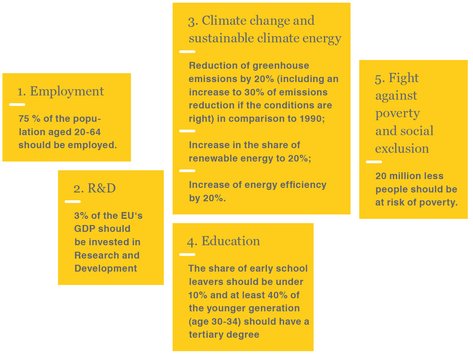 iStockphoto/_marqs
iStockphoto/_marqs
First step towards the Pillar: a European
unemployment insurance scheme?
ed* No. 01/2017 – Chapter 3
Following the wish of the EU Commission, the Social Pillar will initially only include Member States in the euro area, but in principle is also open to the other EU countries. The full dimension of gearing the Social Pillar primarily towards the euro area is only revealed when it is placed in a larger context. Then one quickly realises its closeness to the work being done in parallel in Brussels on the European unemployment insurance scheme. This has also been designed for the euro area. It is intended to head off macroeconomic shocks and deepen the principle of European solidarity. It is, therefore, nothing more than a special case of the Pillar. It can be seen in the already advanced stage of discussions that it is a model for developing other elements of the Pillar, even if it is perhaps not the first project to be realised in this context. The same reasons for a European (basic) unemployment insurance are being used to justify the “Europeanisation” of other areas of social security. All of these systems have a macroeconomic stabilising function, even if they were not originally intended for this purpose. If you believe that the euro, or the euro area, can be saved with the help of this Europeanisation of unemployment insurance, it makes no sense to limit this process of Europeanisation of unemployment insurance alone. Others will follow.
The Pillar of Social Rights: an instrument for saving the euro area?
Both projects, however, will be merged into a single entity via a third: the “Second Phase” of the plan to deepen the economic and monetary union. Its announcement was one of the most important messages of the “Five Presidents’ Report” released in June 20151. This phase will finally drive the convergence process forward, which up until now has been going backwards, by making it “more binding”. It is about nothing less than creating uniform living conditions in the European Union. According to the report, the convergence process would be based on “a set of commonly agreed benchmarks for convergence that could be given a legal nature” and “a set of commonly agreed standards with legal character”. Neither of these would work if there was not also agreeance to “share sovereignty” in the euro area. This is a friendly way of describing a further shift of national competences to European level and thus a departure from the subsidiarity principle.

The common standards to be created – and not only following the presentation of the Social Pillar – are already explicitly concentrated on labour markets, taxes and the modernisation of social security systems. The Five Presidents’ Report, which is far more explicit than the communication on the Social Pillar, points to Community financing of the agreed social standards.
Therefore, it will certainly not be a coincidence if in spring this year the EU Commission outlines its ideas for the future of the EU and the completion of the Economic and Monetary Union thereby presenting further steps towards a “European Pillar of Social Rights”.

